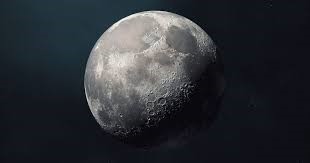Free Courses Sale ends Soon, Get It Now


Free Courses Sale ends Soon, Get It Now



Disclaimer: Copyright infringement not intended.
Context
Details
Recent Findings
Reevaluation of the Moon's Age:
Atom Probe Tomography (APT):
The Scientists Reanalyzed Zircon Crystals:
Giant Impact Hypothesis:
Earth-Moon Age Comparison:
Facts about Zircon Dating:
|
PRACTICE QUESTION How does the Moon's origin and evolution contribute to our understanding of Earth's geological history? (150 words) |
© 2024 iasgyan. All right reserved